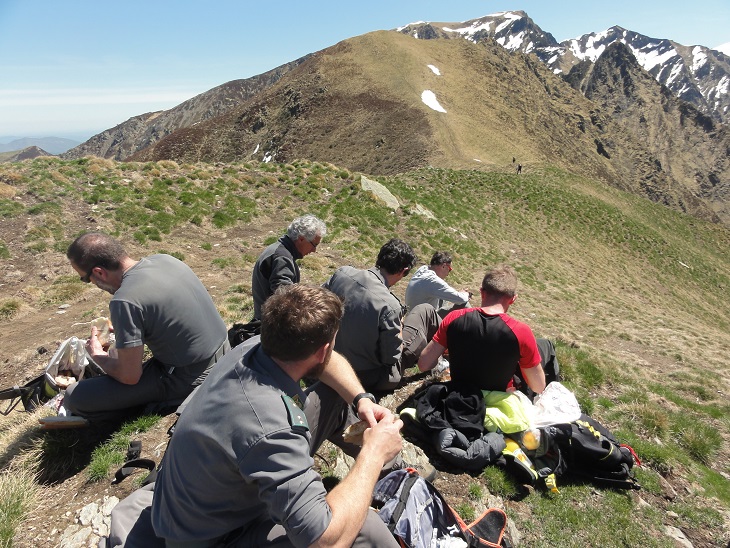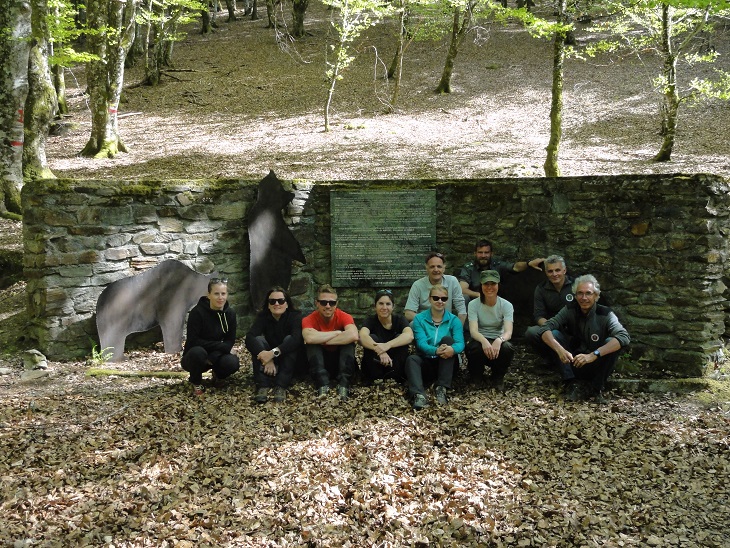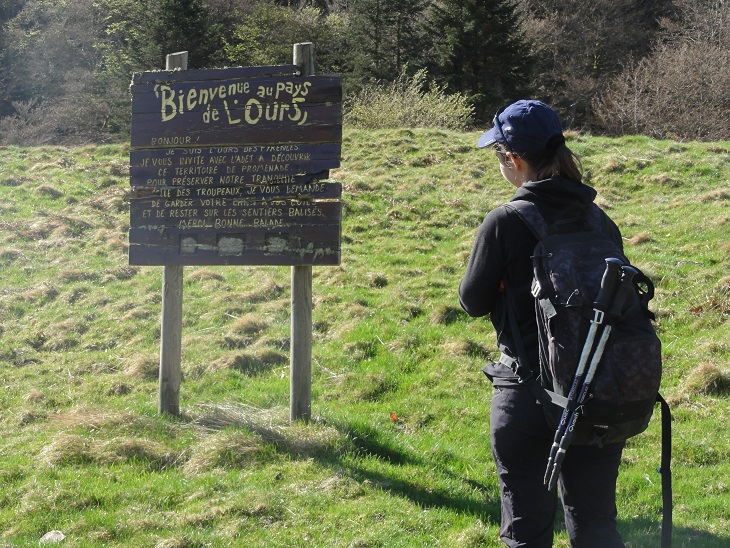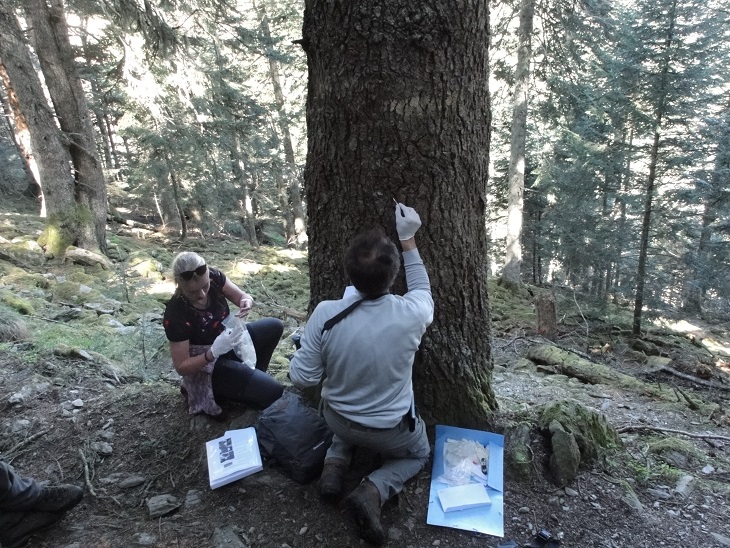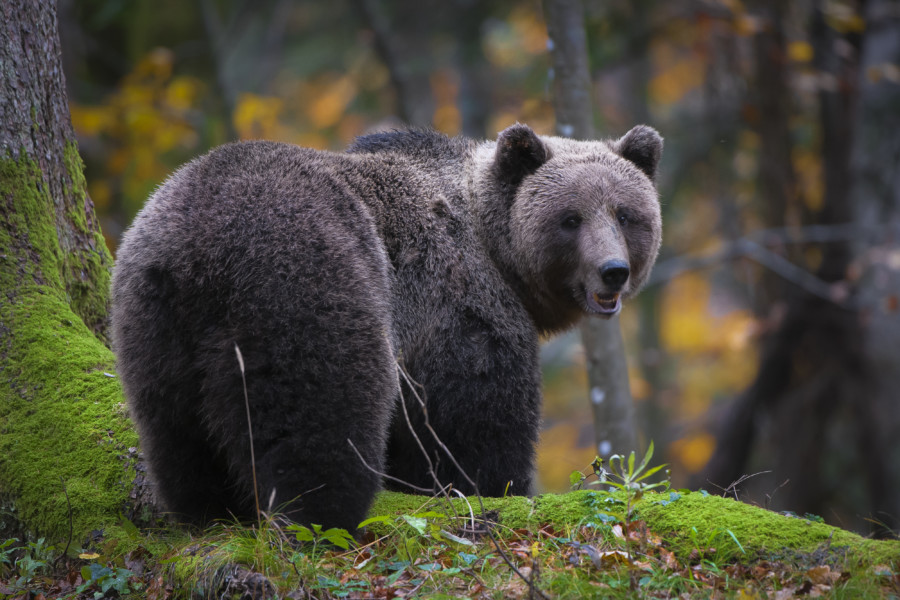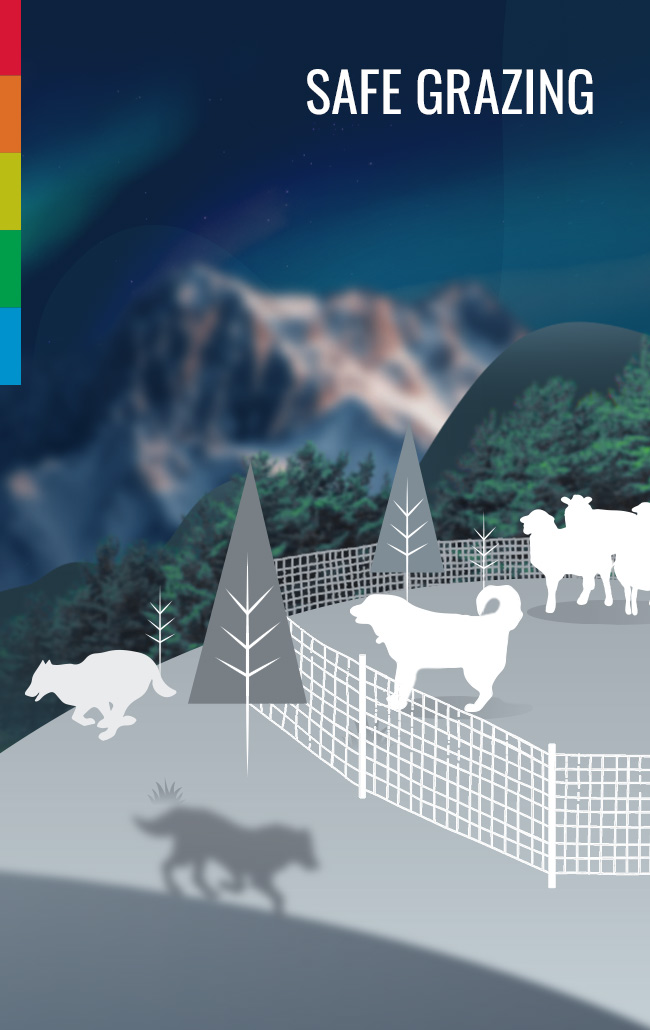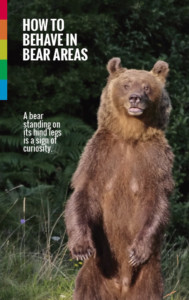Project team from Italy and Slovenia just spent a very informative and fruitful week in the Pyrenees, learning about brown bear population status in France and Spain, and about their efforts in saving a small, reinforced population, which is however, experiencing an increasing population trend.
Our French and Spanish colleagues kindly hosted us with very rich programme and their expertise, which enabled us to get familiar with their conservation efforts, management and research methods, and measures for improving coexistence of rural people and bears on the same space.
French and Spanish population of brown bear experienced near extinction before it was reinforced by several translocations of individuals from Slovenia. The series of translocations for population reinforcement began more than 20 years ago, in 1996, and the last translocation was executed just last October – in 2018 – by bringing two females in an area, where only two males remained roaming alone. Both females are doing fine and seem to integrate very well into the new environment, expressing quite different spatial use, activity and movement patterns.
The challenges their conservation and management authorities have had to face over this period include small population size, isolated nuclei of individuals, non-favourable public attitudes and beliefs about bears that are not based on biological facts, public perceptions that are not formed on scientific facts, low acceptance by rural people, bear-caused damages on livestock, awareness raising, and other.
The Bear Team from the French National Hunting and Wildlife Agency “Office National de la Chasse et de la Fauna Sauvage”, Agency’s technical unit from Regional directions (Toulouse in this case), Spanish team of the LIFE Piros project, Generalitat de Catalunya and Conselh Generau d’Aran welcomed us in their headquarters and on the field.
They presented and demonstrated on the field their management and monitoring systems, compensation payment systems, protection measures against bear depredations on domestic livestock, conservation efforts, research results and future objectives, and field methodology of data collection. They also presented us their protocols for conservation actions, emergency and intervention protocols, and aerial protocols for air-borne monitoring actions.
We have learnt about the system of French and Spanish authorities and agencies that deal with conservation questions, wildlife and forest management, research, and hunting. We have also met representatives of the Pyrenean Pastoral Association. Their professional shepherds offer an important support for shepherds in the Pyrenees, also in emergency situations, and carry out obligatory trainings for shepherds. We have learnt about how they use livestock guardian dogs as a protection measure, about the breeding, selection and training procedures of these working dogs. The Association is also in charge of supervising these dogs and offering advice on their training and appropriate raising.
On a one-day field excursion into bear core area, we admired the Pyrenean landscape and its fauna and flora. We climbed some ridges (average altitude 1.500 m), visited mountainous pastures, where transhumance is being performed nowadays, and learnt about their monitoring and research methods.
We are very grateful to our French and Spanish colleagues for their hospitality and huge amount of information exchanged and we are looking forward to return the favour in our Dinaric-Alpine environment.




